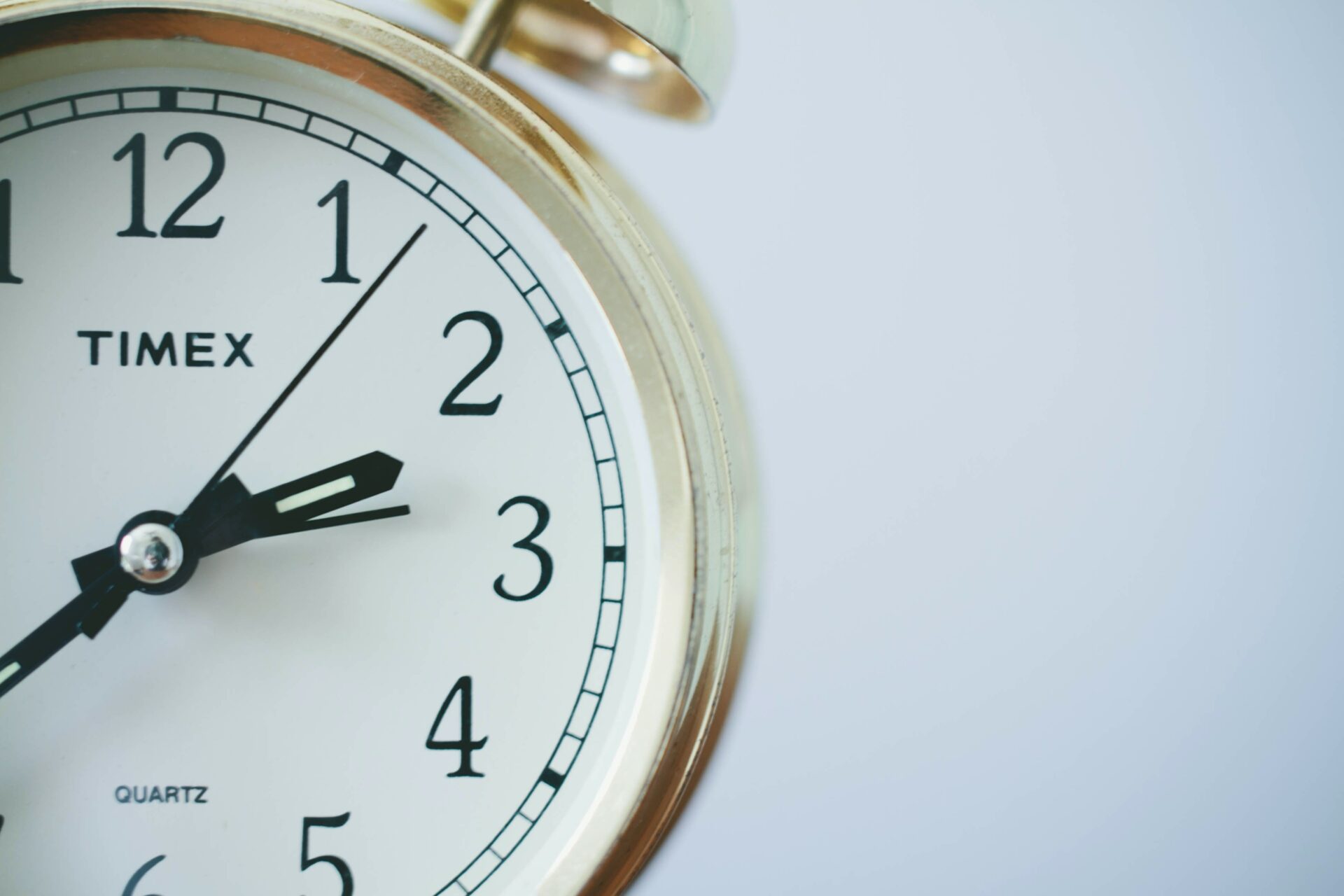By Sylvia DeTar, Cleary Gottlieb Steen & Hamilton LLP and Martin Metz, Omni Bridgeway AG
Taking the California Bar Exam is a stressful experience of its own. This report provides helpful details and hopefully stress relief.
In 2014, we both passed the California bar examination—an interesting and challenging adventure. With this experience report, we wish to provide some helpful information in case you consider taking the California bar exam yourself. We first present the contents and structure of the California bar and second give some general remarks about the exam. In all, we believe that as a German trained lawyer, you have a good chance of passing—so go for it!
1) Contents and structure of the California bar exam
Passing the California bar examination is the most challenging precondition for admission to practice law in California (for details on admission requirements see here). In comparison to the German bar examinations, the California bar requires less detailed and precise legal analysis than the German bars. But the time pressure of the California bar is a lot higher than the German bars, and any possible physical, mental, or emotional break is harder to come by. When we took the California bar in 2014, the exam lasted for three hours in the morning and three hours in the afternoon, three days straight. In total, we spent six hours with six essay questions, six hours with two performance tests, and six hours with 200 multiple choice questions.
The California bar now has been reduced to a two-day examination, with five essay questions (three in the morning, two in the afternoon) and one 90-minute performance test (afternoon) on the first day and two three-hour sessions of multiple choice questions on the second day.

a) Five one-hour essay questions—like the first German bar examination
First, you will have to answer five one-hour essay questions chosen from many possible legal subjects: business associations, federal civil procedure, California civil procedure, community property, constitutional law, contracts, criminal law, criminal procedure, federal evidence, California evidence, professional responsibility, real property, remedies, torts, trusts, and wills and succession. These essay questions are comparable to the first German bar examination, because they involve a certain outset of facts with several questions each. Responses are rather brief. The main difference with the first German bar examination is the time constraint of roughly one hour per subject. This is short, but the answers need not be as detailed as those for the first German bar exam. To pass the essay questions, it is important to spot the issues to be discussed, know (or even to be able to invent!) the relevant law applicable to these issus, to create a clear outline for overexerted essay-graders, and to manage your time wisely. When we took the exam, proctors distributed the three essay questions for the session all at the same time, so we could choose how much time we allocated to each subject.
b) One 90-minute performance test—like the second German bar examination
Second, you will have to complete one 90-minute performance test, which is similar to the second German bar examination. Our three-hour performance tests consisted of a 15 to 30 page-long file with all relevant information for answering the questions, including the pertinent laws and judicial decisions. It therefore is possible to complete the performance test with no further knowledge of U.S. or California law. You “simply” must be able to apply and interpret the laws provided to the facts of the case. But the performance tests felt like trying to sprint, have a conversation, and remember to breath simultaneously for three hours straight—it can be quite challenging to digest all of the information and provide a solution within the time limit. To our understanding, that feeling has not exactly improved with the change from the three-hour to a 90-minute performance test.
c) Six hours of 200 multiple-choice questions for the Multistate Bar Examination
Third, you will have to answer 200 multiple-choice Multistate Bar Examination (MBE) questions over two three-hour sessions. The questions are the same in all U.S. states, although the pass levels differ from state to state. The MBE covers a variety of legal subjects like civil procedure, constitutional law, contracts, criminal law, criminal procedure, evidence, real property, and torts. While some questions are more challenging than others, the difficult part of the MBE is maintaining concentration for three hours while jumping between completely different legal questions every 1:48 minutes. As a result, good time management and strategy—how to read the problem, and how to decide whether to deliberate on the answer or simply guess—are key to succeeding on the MBE. With a German background, the system of multiple-choice and finding the “most” right answer among four potentially correct responses may be a challenge of itself.
2) General remarks
a) Organizational characteristics of the California bar exam: recent Covid-19 implications
Due to Covid-19, the October 2020 bar exam was administered primarily online. The upcoming California bar exam scheduled for February 23-24, 2021 also is expected to be administered primarily online. Thus, examiners now face blood-pressure increasing technical challenges that we did not have to deal with in 2014.
Most recent test-takers, however, do not have to experience some of the striking organizational characteristics of the California Bar exam that we faced in the pre Covid-19 offline world. Unlike the German bar examinations, the California bar exam did not take place in cozy judicial rooms with 30 people. Instead, we found ourselves in a giant conference center with more than 500 other candidates. An overwhelming number of people around, long waiting times before and after the sessions for exam distribution and collection, and restrooms far far away might lead to high stress levels. Moreover, strict rules applied to what we could bring to the exam. For example, watches had to be analogue and under a certain size. We also had to leave bags, bottles, phones, and even lip balm outside. The cherry on the cake was that we were not even allowed to wear hooded sweatshirts!
b) Typewriting versus handwriting
When you sign up for the California bar exam, you have to choose whether you want to type or handwrite. Martin decided to handwrite because he felt well-prepared for the task from his two German bar examinations. While some people found this odd, we think this might have been a good idea, because it is possible (please note this is merely an assumption) that the hand writers are graded on a separate curve. You might not be competing with all the young typing whizzes from the law schools, and you may actually have an advantage based on your German bar examination experience. Even in Covid-19 times, the California bar still offers the possibly to handwrite the exam remotely or at an in-person testing site (see pdf p. 15 et seq.). And perhaps it’s worth mentioning, typewriters in 2014 faced some technological challenges of our own: we were supposed to upload our typed exam answers to ExamSoft Worldwide Inc. by midnight each day, and on at least one of those days, thousands of law students could not upload their answers. This debacle ultimately resulted in a class action settlement entitling bar exam takers who experienced delays to $90 each.

c) Preparatory classes
To prepare for the California bar exam, we recommend taking a preparatory class like Barbri or Themis. The classes and preparation usually take two to three months. While the choice of a particular provider is not decisive, and it is not necessary to follow the preparatory class’s advice to a T, such a program can give you a good idea of the contents and structure of the exam and some helpful practice material. If you work in public interest or if you have a small income, you may be able to negotiate a better deal with Barbri or Themis, which can be expensive. Or, your firm might cover the fees of the preparatory course in addition to the costs of taking the exam.
d) Further preconditions for gaining admission to practice law in California
There are two further preconditions for gaining admission to practice law in California in addition to the bar exam. To pass the relatively easy multiple choice Multistate Professional Responsibility Examination, a couple of days of study suffices. Completing and correcting a practice exam or two can be helpful, in addition to the general rule: “choose the second most ethical response.” You must also complete the Moral Character Determination, an administrative review of your fitness to practice law. The most difficult requirement for us was remembering all the places we have lived!
e) Foreign attorney applicants
Finally, why California? In the Golden State, you can sit for the bar exam without a J.D. or an LL.M. from a U.S. law school as a Foreign Attorney Applicant, if you are admitted to practice law in Germany. You could then qualify to practice law in California without spending a lot of time and money on a J.D. or LL.M. from a U.S. law school.

3) Conclusion
In conclusion, from our experience, German attorneys have the discipline, exposure, composure—and maybe even handwriting chops—to excel on the California bar exam. We welcome any questions you may have and wish you all the best.
The Authors:
Sylvia DeTar, Cleary Gottlieb Steen & Hamilton LLP and Martin Metz, Omni Bridgeway AG
Responsible Editor:
Isabel Cagala, TLB Co-Editor-in-Chief
Read all LL.M. Experience Reports:
LL.M Stanford Law – Experience Report (Part 2) – “Everything I Tell You Is Wrong – Somewhere” – DAJV
LLM Stanford Law – Experience Report (Part 1)- A Breath of Fresh Air – DAJV
Thanks for the great article and the detailed insights! I’m thinking about doing a bar exams myself and I’m wondering what the differences between the Californian and the NY bar exam are. Do you have any thoughts on that? Maybe what is better to strategically pick?
When I took the bar exam, California had additional essay questions which were no part of the NY bar exam (the rest was very similar), so you could argually say that the Calfifornia bar was more difficult.
Vielen Dank für den interessanten Bericht. Ich erwäge derzeit selber, das Bar Exam in Kalifornien zu absolvieren. Wie viel Lernzeit pro Tag würden Sie realistisch einkalkulieren? Ist das Ihrer Meinung nach auch neben einer Vollzeitstelle zu schaffen oder haben Sie während der Lernzeit weniger gearbeitet? Ich würde mich hier über Ihre Einschätzung freuen.